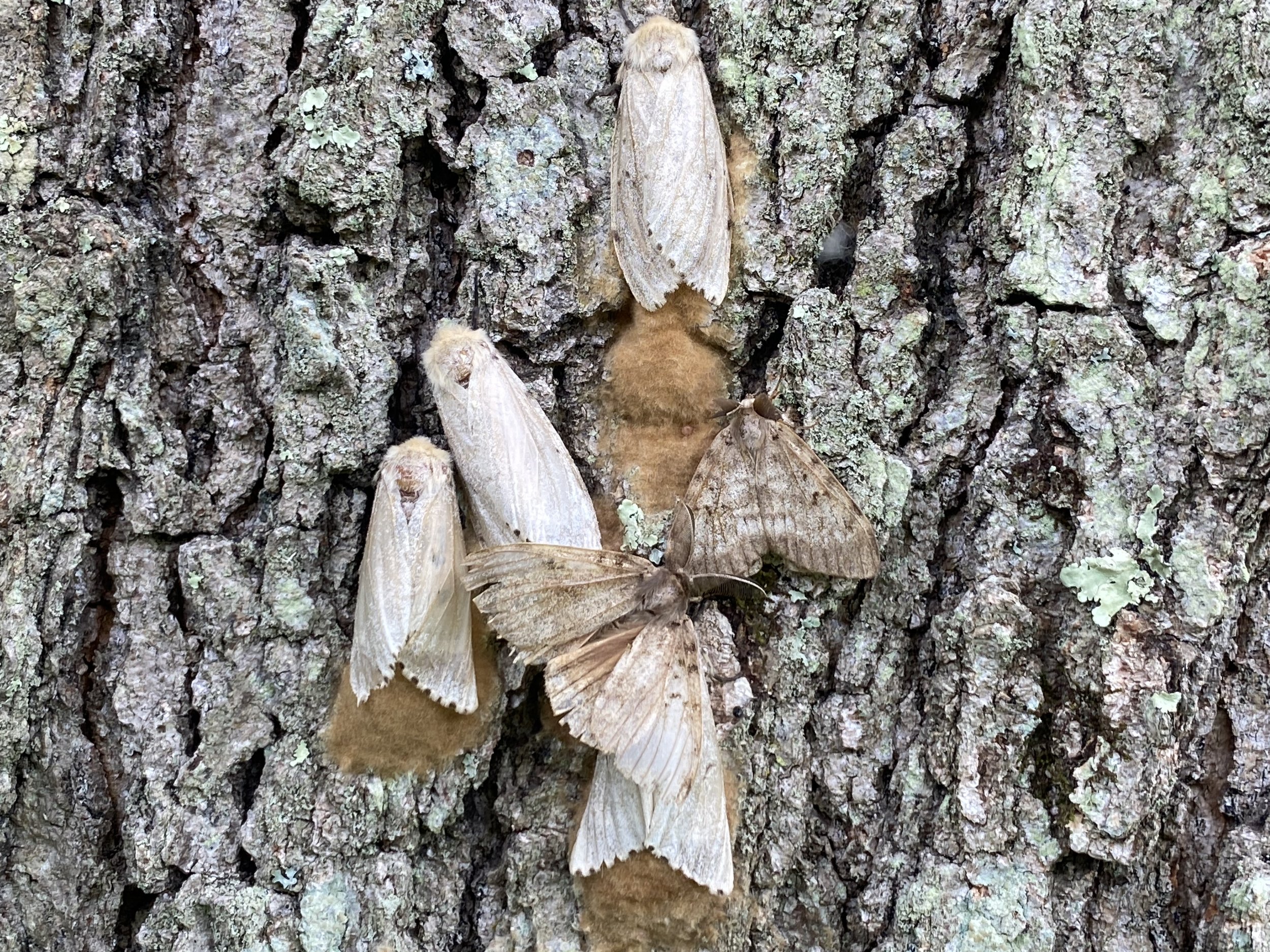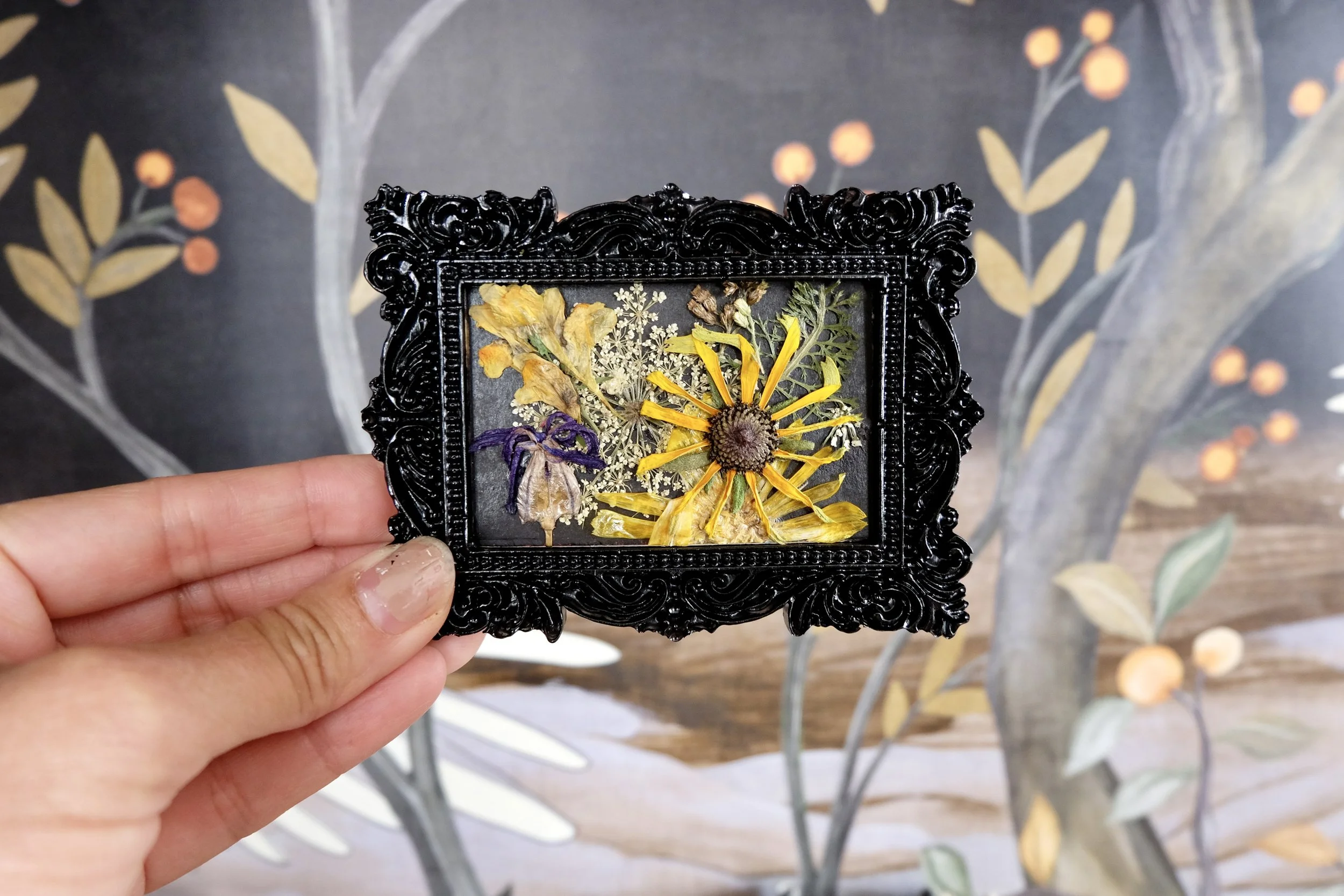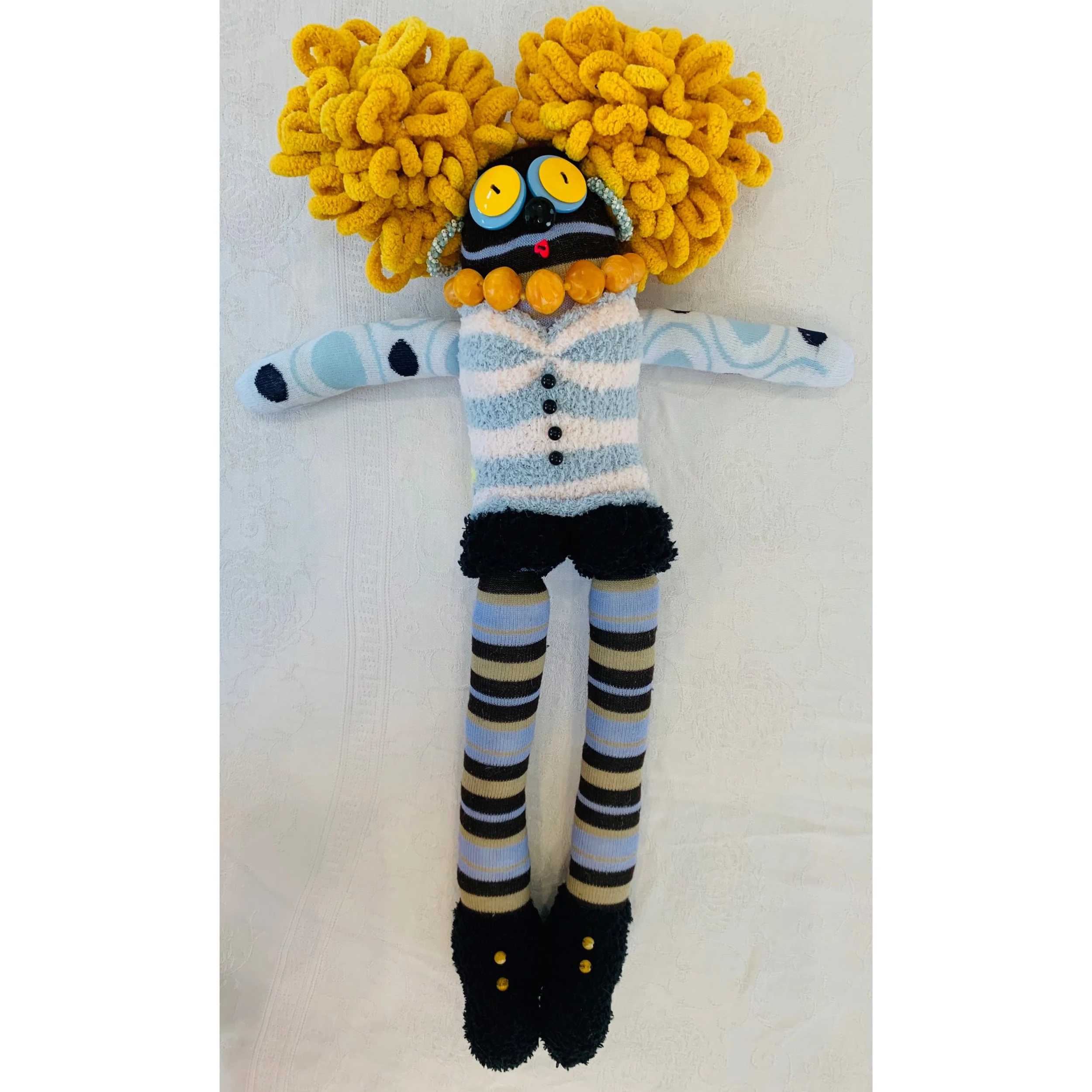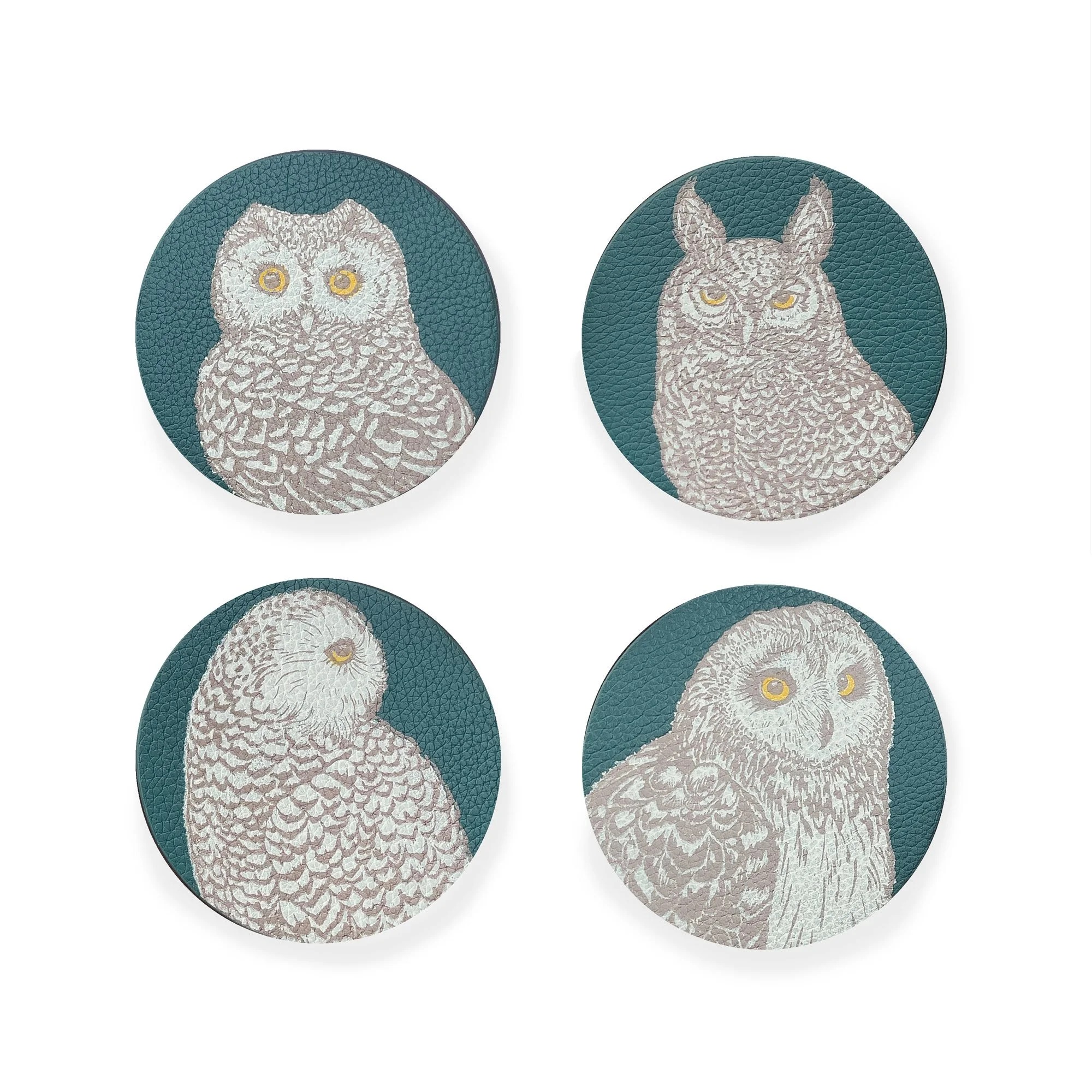Spongy Moth caterpillars have emerged: What you can do
story and photos by niki@hvny.info
originally published July 10, 2023; updated June 3, 2024
Spongy moths – formerly known as gypsy moths – are an invasive species from Europe that escaped a backyard in Massachusetts in 1868 and, for the second year, have hatched in full force here in the Hudson Valley, and, depending on conditions, they may hang around into August feeding over 300 species of trees and shrubs in their wake.
This spring, tiny spongy moth caterpillars started their descent seemingly everywhere – floating through the sky, landing onto mailboxes, car hoods, patio furniture, house siding, trees and shrubs – and that’s just in our backyard here in central Dutchess County.
This is why, according to scientists with the Cary Institute in Millbrook say that while there are measures to control populations in your yard, the best, and most cost-effective option is to let nature run its course.
“Because the infestation is so large and the caterpillars drift through the air on web-like silky strings, the treatments that typically come to mind are not effective. Scraping the egg sacks off your trees, using sticky tape or burlap bands around the tree, and spraying trees with pesticides will not help in most situations,” the Town of Clinton Conservation Advisory Council wrote in an email to residents.
In addition to predators like white-footed mice controlling populations, a naturally occurring virus and fungus will “likely kill the caterpillars and should bring the population back into balance either this year or next at the latest,” according to Cary Institute scientist Clive Jones.
“The best guess is that in 2024 we will have a virus–induced collapse, plus or minus the fungus, depending on the weather. Whether or not there'll be a lot or a little defoliation will really depend on how fast the virus moves through the population. If it moves slowly, there'll be complete defoliation. If it goes through fast, there'll be incomplete defoliation. And if that doesn't happen, and the density continues to rise or stays at the level it is, then a viral collapse in 2025 has a much higher probability, because by then food limitation and stress will be kicking in.”
And as of the first week of June 2024, there have been reports in the Catskills of both virus- and fungus-killed caterpillars spotted, “the ticket out of caterpillar hell,” the Catskill Native Nursery posted. “The virus will spread. If new caterpillars are entering trees where the virus has already shown itself, they too should be killed by it.”
If you find diseased larvae – larvae killed by viruses look like V's, larvae killed by fungi hang head down – leave them be so that other larvae will also be infected.
Once the virus or fungus takes hold, it can rapidly decimate a population in 2 to 3 days, according to the nursery.
In the summer of 2023, the valley’s picturesque vistas showed visible signs of their wear: trees on parts of the Taconic in northern Dutchess and Columbia were bare, not from drought, but from defoliation – the incessant munching by those hungry, hungry caterpillars. The City of Hudson even sent out a “Moth Advisory” to residents, though noting “that recommendations included in this advisory may protect individual or small areas, but they will not erase a local spongy moth population now or in future years.”
Throughout New York, according to the state department of environmental conservation: “We tend to see regional outbreaks, or large spikes in population numbers, every 10–15 years. Outbreaks usually end when disease and predator populations increase to a level at which they can naturally control the population.”
What to look for:
Spongy moth caterpillars (larval stage) can be seen starting in early to mid-May, grow to about 2.5 inches in length, and are black and hairy, with five pairs of raised blue spots followed by six pairs of raised red spots along their backs.
Adult female spongy moths are white with brown markings, they do not fly and are usually on a tree, on the ground or at the base
Adult male spongy moths are brown with black markings
Spongy moth egg masses are brown clumps
How to (try to) get rid of them:
NOTE: Spongy moth caterpillars, moths and their egg masses carry histamines that can irritate the skin, causing an itchy rash in some individuals. It is recommended wearing long-sleeved shirts and pants if venturing outside in areas of high populations.
For manual removal, wear gloves and knock the caterpillars or moths into a bucket of soapy water (or squish ‘em). This is method, though, is impractical for large, infected areas and can be reserved for protecting key trees in your yard.
Wrapping a 12-inch burlap strip around your tree with a string can also trap caterpillars traveling up the tree. After they get stuck in the burlap, they can then be knocked into a bucket of soapy water. Sticky traps and pheromone trapping are also available. (The DEC does not typically manage spongy moths, with treatments reserved to ecologically or culturally significant forests.)
Spongy moth larvae are affected by a viral disease and fungal infections. If you find diseased larvae – larvae killed by viruses look like V's, larvae killed by fungi hang head down – leave them be so that other larvae will also be infected.
White-footed mice and other small animals feed on both the larvae and pupae, and are typically “the most important cause of spongy moth mortality in low-density spongy moth populations.”
Clean your shoes and tools afterwards to help prevent the spread of their eggs. Check your clothes if you hang them to dry outside, and turn off outdoor lights near doors so you don’t attract male moths into the house.
Will your tree(s) survive?
If your tree is healthy, it can withstand defoliation for 1-2 years. Some trees may even re-foliage by mid-summer after 50-percent defoliation. A single defoliation can kill some evergreens, but usually two or more defoliations are needed to kill hardwood trees. Defoliation will weaken trees, leaving them more susceptible to other disease and damage.
What tree species do spongy moths like/dislike:
Spongy moth caterpillars “feed on more than 300 species of trees and shrubs, eating the young, tender leaves in the spring. In New York, they are known to feed on oak, maple, apple, crabapple, hickory, basswood, aspen, willow, and birch, although oak is their preferred species. When populations of spongy moths are high, or when oak and other preferred trees are limited, they will eat conifer species, including pine, spruce, and hemlock. During outbreaks, they can damage thousands of acres of trees.”
Spongy moths (generally) avoid: Ash, balsam fir, locust, Scotch pine, red cedar, tulip poplar, catalpa, sycamore and dogwoods.
Will/when will they be back?
“Spongy moth populations rise and fall in cycles,” says Joyce Tomaselli, Cornell Cooperative Extension of Dutchess County Community Horticulture Resource Education, “specifically caused by the interactions between spongy moth, small mammals and acorn production. Natural causes such as fungal and viral diseases usually knock down populations in a few years. Weather is also a factor.”
As of May 1, 2024, tiny spongy moth caterpillars hatched, and are back with a vengeance. But unfortunately, there’s nothing we can really do about it. (Though Dawn dish soap in a spray bottle with warm water seems to do the trick for small populations on our outdoor furniture.)
ADVERTISEMENT:


































